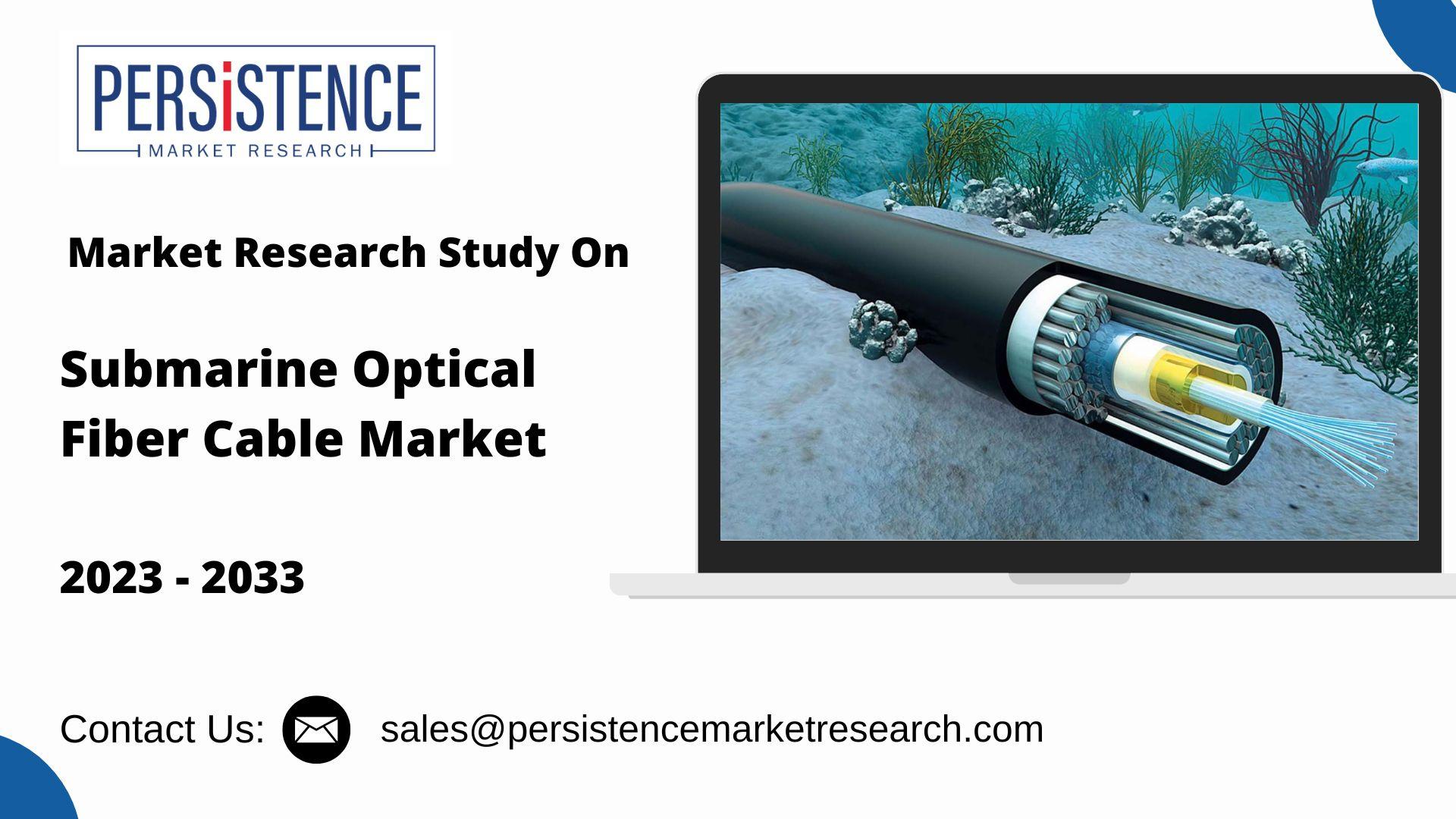Unleashing Potential The Capacity of Submarine Fiber Optic Cables

In an increasingly interconnected world, the demand for high-speed data transfer continues to grow exponentially.
The Submarine fiber optic cables market have emerged as the backbone of global communications, carrying vast amounts of information across oceans and connecting continents. This article delves into the capacity of submarine fiber optic cables, exploring their technology, benefits, and the future of this vital infrastructure.
1. The Technology Behind Submarine Fiber Optic Cables
A. Fiber Optic Basics
At the heart of submarine communication systems are fiber optic cables, which transmit data as light signals. These cables consist of:
-
Core: The central part of the fiber where light travels. Made of glass or plastic, the core’s diameter can vary but is typically around 9 micrometers for single-mode fibers.
-
Cladding: Surrounding the core, the cladding has a lower refractive index, allowing light to be trapped within the core through total internal reflection, enabling efficient signal transmission.
-
Protective Layers: These include multiple layers of materials that shield the fiber from physical damage, moisture, and external environmental conditions, ensuring reliability in harsh underwater environments.
B. Multiplexing Techniques
Submarine fiber optic cables utilize advanced multiplexing techniques to enhance capacity:
-
Wavelength Division Multiplexing (WDM): This technology allows multiple light wavelengths (channels) to be transmitted simultaneously through a single fiber, dramatically increasing its data-carrying capacity. Modern WDM systems can support hundreds of channels, each capable of carrying data rates of up to 100 Gbps or more.
-
Space Division Multiplexing (SDM): Emerging as a promising technology, SDM involves using multiple cores within a single fiber or multiple fibers in a cable. This method can potentially increase capacity significantly, enabling data rates exceeding those of traditional systems.
2. Capacity and Performance
A. Current Capacities
Submarine fiber optic cables are capable of immense data transmission:
-
High Data Rates: Modern submarine cables can support data transmission capacities in the terabits per second (Tbps) range. For instance, recent projects have achieved capacities of over 200 Tbps, allowing for the transfer of vast amounts of data simultaneously.
-
Global Reach: Submarine cables collectively span over 1.3 million kilometers, facilitating international communication and internet connectivity for billions of users worldwide.
B. Reliability and Latency
In addition to capacity, submarine fiber optic cables offer reliable and low-latency connections:
-
Low Latency: Light travels through fiber optics at approximately two-thirds the speed of light in a vacuum, allowing for fast data transmission. Latency in submarine cables is typically less than 100 milliseconds for transcontinental connections, making them ideal for real-time applications such as video conferencing and online gaming.
-
Durability: Designed to withstand harsh underwater conditions, submarine cables are robust and can operate for decades with minimal maintenance. This reliability is crucial for businesses and services that depend on uninterrupted communication.
3. The Benefits of High Capacity
A. Supporting Global Connectivity
The increasing capacity of submarine fiber optic cables is essential for global connectivity:
-
Internet Growth: As internet usage skyrockets, particularly in developing regions, the need for robust infrastructure to support this growth is paramount. Submarine cables play a crucial role in connecting remote areas to global networks, promoting digital inclusion.
-
Cloud Services: The rise of cloud computing has intensified demand for bandwidth. Submarine cables facilitate the transfer of large datasets to and from cloud servers, enabling businesses to leverage cloud services for storage, computing, and applications.
B. Enhancing Communication Services
High-capacity submarine cables enhance various communication services:
-
Streaming and Multimedia: The demand for high-definition video streaming, online gaming, and multimedia content delivery requires substantial bandwidth. Submarine cables provide the infrastructure needed to support these services, ensuring smooth and uninterrupted experiences for users.
-
Emerging Technologies: Technologies such as the Internet of Things (IoT), artificial intelligence (AI), and 5G networks rely on high-speed connectivity. Submarine cables are essential for enabling the data transfer necessary for these innovations to thrive.
4. The Future of Submarine Fiber Optic Capacity
A. Ongoing Innovations
The future of submarine fiber optic cables is promising, with ongoing innovations driving capacity enhancements:
-
Next-Generation Technologies: Advancements in optical transmission technologies, such as coherent detection and advanced modulation formats, continue to push the limits of data rates and capacity in submarine cables.
-
Increased Fiber Count: Manufacturers are developing cables with an increasing number of optical fibers, allowing for greater capacity within the same physical infrastructure.
B. Expansion and Investment
Investment in submarine cable infrastructure is expected to grow as demand increases:
-
New Projects: Numerous new submarine cable projects are underway or planned to meet the rising global demand for bandwidth. These projects aim to enhance connectivity between key markets, including emerging economies in Asia, Africa, and Latin America.
-
Sustainability Considerations: As environmental concerns grow, future submarine cable projects will likely focus on sustainability. This may include using eco-friendly materials and minimizing environmental impact during installation.
Conclusion
Submarine fiber optic cables are a critical component of global communications, providing the necessary infrastructure for high-speed data transmission. Their capacity continues to evolve, driven by technological advancements and increasing demand for connectivity.
As we move into an era where digital transformation and global interconnectivity are paramount, the potential of submarine fiber optic cables remains vast. With continued investment and innovation, these cables will play an essential role in shaping the future of communication, enabling a more connected world.
- Art
- Causes
- Crafts
- Dance
- Drinks
- Film
- Fitness
- Food
- Jocuri
- Gardening
- Health
- Home
- Literature
- Music
- Networking
- Alte
- Party
- Religion
- Shopping
- Sports
- Theater
- Wellness
- IT, Cloud, Software and Technology


